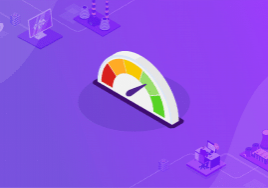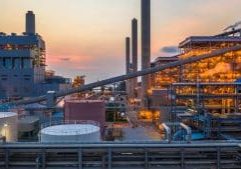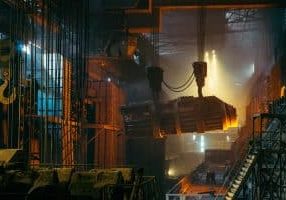About 6% of the world’s energy consumption comes from the industrial mining industry, one third of which is electricity. By implementing an operational digital Energy Management strategy, it is possible to reduce it. Find out how an Italian mine saved 8% on its energy bill by optimizing the operation of its mills.
Energy Management in the Mining Industry, the Context
The industrial mining site concerned by these optimizations, located in Italy, specializes in the production of calcium carbonate for the manufacture of paper pulp. The plant is 100% electric, with an annual consumption of 27 GWh and an energy bill of 2.3 million euros per year.
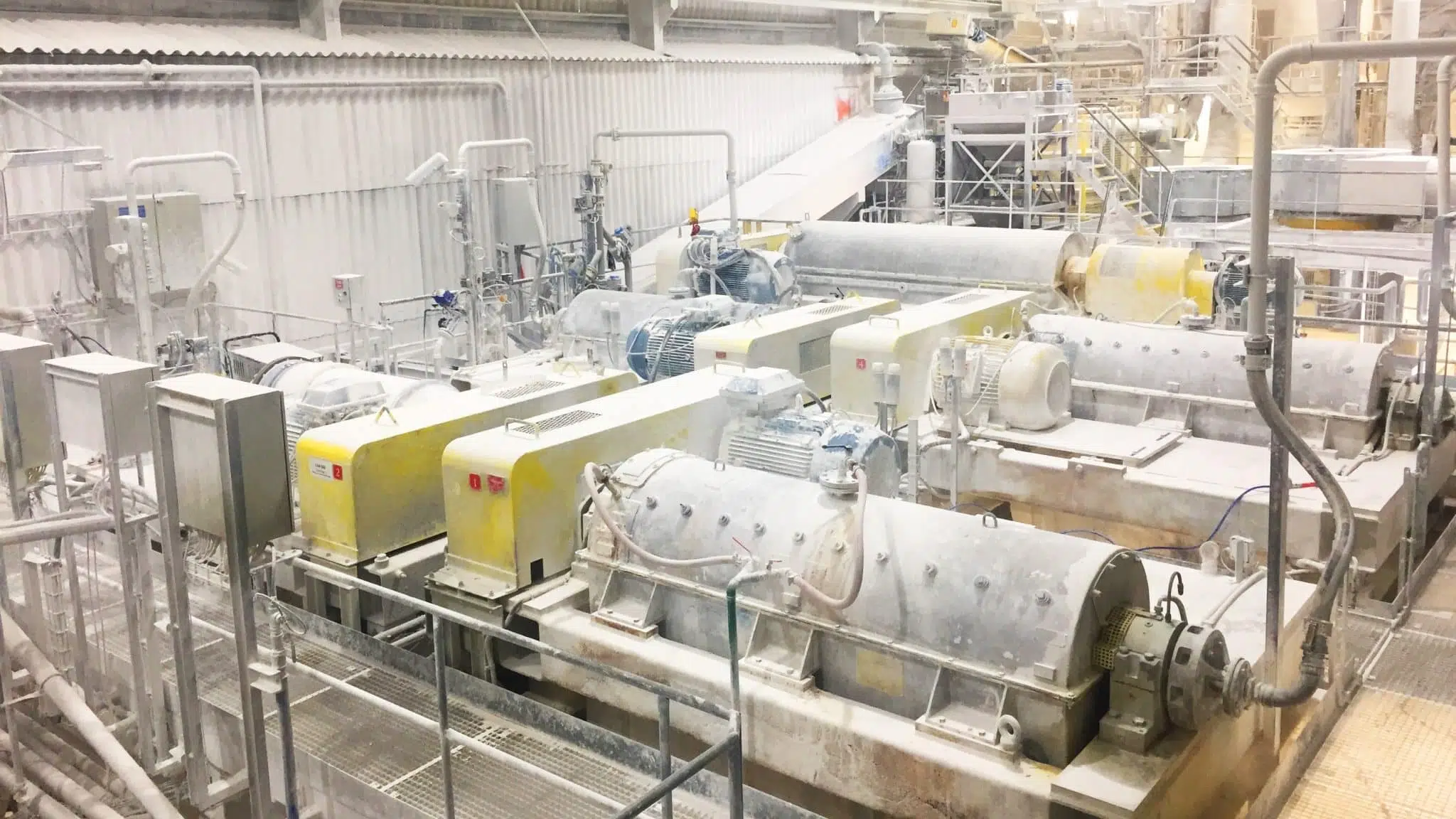
Equipment and Processes
The grinding process alone accounts for 80% of the energy consumption. It consists of pulverizing limestone blocks to obtain the calcium carbonate used as a mineral filler in paper pulp.
Mills are the plant’s main equipment:
- 5 x 355 kW autogenous mills operating without prior crushing;
- 20 electric mills of various powers between 250 and 355 kW.
The case presented concerns only the autogenous mills, which are the most energy-consuming. For reference, the price of electricity was, at the time of the intervention, 90 euros/MWh.
How Digital Is the Plant?
With data collection already in place and manual Excel-based monitoring, the plant had an average level of digitalization at the start of the project.
Measurements taken once a day defined the optimal production parameters, but optimization actions based on the operator's expertise could then cause fluctuations in the processes.
The METRON Approach
The client called on METRON to digitalize the plant’s energy consumption in order to optimize its operation and improve energy performance.
The process started with the analysis of product quality: the particle size distribution of the pulp, which has an impact on the power consumption required. The energy requirements were adjusted accordingly.
During the project, METRON and the client identified various areas for improvement. The client remained autonomous throughout the project in its energy management of the plant. Some of these avenues are still in the process of being implemented:
- reducing the number of mills in operation with new sequencing to minimize energy consumption;
- stabilizing the process quality to reduce the specific consumption of autogenous mills;
- predicting the quality of the process in order to adjust the setpoint in real time.
Data Collection and Contextualization
The second part of the project consisted of collecting internal and external data from the site, then contextualizing them to better understand the plant’s operation.
Collection of 400 Data Items per Second
- electrical consumption of each mill;
- production parameters;
- material input/output rates;
- density of the pulp and proportion of solid matter;
- line temperature and pressure;
- level of the storage tank.
External information was added to these internal data:
- weather readings and data;
- energy market data.
Site Mapping
The energy map takes into account all the site’s assets (mills, pumps, coolers, tanks, etc.) in relation to the different energy sources. It allows us to understand and contextualize the plant.
Thanks to this mapping, METRON’s data science and energy engineers, in consultation with the plant’s operational experts, were able to use the data collected to:
- build statistical models of each mill;
- identify flexible parameters;
- make predictions on the quality of production batches according to the actual context;
- define the scope of the optimization strategies to be implemented.
READ OUR INTERVIEW WITH LOUIS DENOIX TO LEARN MORE ABOUT THE ROLE OF DATA SCIENCE IN INDUSTRY >
Monitoring and Optimization Actions
Reduction in the Mills’ Power Consumption
It was possible to increase the throughput of the individual mills by optimized sequences, which reduced the number of mills running simultaneously. Initially higher than necessary, the specific consumption of the mills has been reduced thanks to this new sequencing.
Addition of a Scale for Raw Materials
Originally, pulp density was controlled by varying the conveyor speed of the raw materials. However, with non-homogeneous loads, the mass of the raw materials fed into the mill was irregular.
Following the adoption of an Energy Management and Optimization system (EMOS), the client identified and suggested improving this area.
The addition of a scale at the exit of the conveyor belt now allows the raw materials to be weighed before they enter the mill. To obtain the pulp density setpoint, the volume of water added is used as a variable. This way, the quality of the grinding process has been stabilized. With an increased production rate, the specific consumption of the mills could be reduced.
This successful optimization shows that the involvement of the operational teams, who hold the business knowledge, is a key factor in the successful adoption of a digital solution.
Continuous Quality Control of the Process
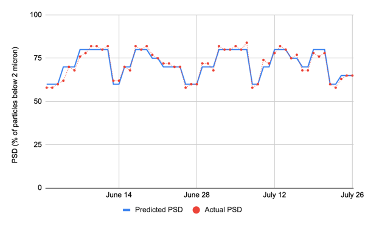
Particle size distribution (PSD) is a very important indicator in the manufacture of calcium carbonate. This value indicates the quantity of particles present in a fluid according to their size. Before the digital transformation of the plant, it was measured once a day to control the quality of the process, without the possibility of adjusting it as the process progressed. This slowed down corrective actions when needed.
Predicting PSD during production now makes it possible to immediately give a warning in the event of any deviation and will very soon provide real-time plant control. These forecasts are only indicators for the production managers, who are fully responsible for deciding what actions to take. Having a reliable model can also replace the purchase of a very expensive (+ €100K) particle size measurement instrument.
Results Obtained
An energy savings of 550 MWh per year is expected for the five autogenous mills, which is equivalent to a savings of €50K on the annual electricity bills. This is about 8% of the overall electricity consumption of the mills.
In terms of operation, the improvements have also made it possible to eliminate the manual adjustment of the water supply, which was initially done using a ladder with a belt.
The Benefits of Digital Energy Management
The plant now has a digital energy management and optimization tool that is efficient and useful for everyone. The decisive KPIs can be consulted in real time, instead of an Excel table that is updated daily. Better access to data facilitates team collaboration, as each plant manager and operator can use the platform to create customized dashboards based on the data they need.
As this example shows, there are numerous benefits to an Energy Management solution in the operational management of a production unit: provision of a holistic view of the plant, control of energy consumption and product quality based on relevant KPIs, automated alerts and reporting in the form of customized dashboards, etc.
Thanks to the optimizations implemented, an 8% reduction in the plant’s annual electricity bills is expected for the 5 autogenous mills. In addition to energy savings, energy intelligence is also a real asset for getting teams on board and building a culture of energy performance in a plant. Want to learn more about our energy management and optimization solution?
Want to learn more about our Energy Management & Optimization System (EMOS)?




